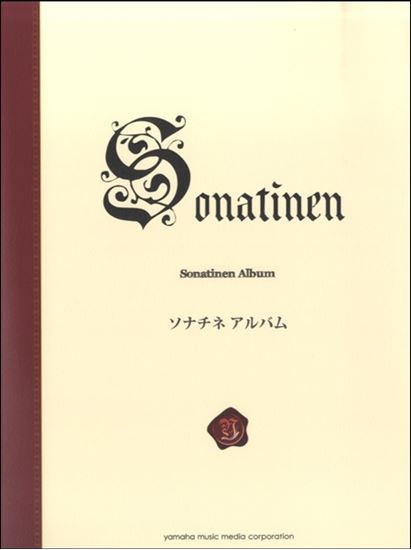Beethoven, Ludwig van : Sonate für Klavier Nr.19 g-moll Op.49-1
Work Overview
Publication Year:1805
First Publisher:Bureau d'art et d'industrie
Instrumentation:Piano Solo
Genre:sonata
Total Playing Time:8 min 00 sec
Copyright:Public Domain
Commentary (1)
Author : Okada, Akihiro
Last Updated: March 1, 2010
[Open]
Author : Okada, Akihiro
Like Op.49-2, it is titled "Leichte Sonate" (Easy Sonata), and both are thought to have been composed around the same period. Although the sonata is numbered "No. 19" according to its publication order, its presumed period of composition is between No. 3 and No. 4.
First Movement: G minor, 2/4 time, Sonata Form
The exposition has a very concise structure, as follows:
- A main theme consisting of 8 measures,
- a statement of the theme (mm. 9–) and a transition (mm. 13–),
- a subordinate theme appearing in the relative major, B-flat major (mm. 16–),
- followed by a transition (mm. 25–) and a coda (mm. 30–).
In the development section (mm. 34–63), material from the subordinate theme predominates, and from measure 54, the dominant (D) of the tonic key appears as a pedal point in the bass, preparing for the recapitulation of the main theme in the tonic.
In the recapitulation (mm. 64–), both themes are presented in the tonic key, and the subordinate theme, which was presented in the relative major, is transposed to the minor. In the coda (mm. 97–), the motive of the subordinate theme is repeated in the lower register, and the movement concludes with a chord in the parallel major. The so-called Picardy third here can be considered a conscious connection to the second movement, which is in G major.
Second Movement: G major, 6/8 time
Titled "Rondo," it is not strictly in rondo form.
Following the presentation of the rondo theme, primarily consisting of eighth notes, a G minor theme with a sixteenth-note Alberti bass appears (mm. 20–). Subsequently, a theme in the relative major, B-flat major, appears (mm. 32–), and after the G minor theme returns again (mm. 68–), the opening rondo theme finally reappears (mm. 81–).
After the aforementioned B-flat major theme appears in G major (mm. 103–), the rondo theme returns once more (mm. 136–). In the coda (mm. 149–), the movement concludes by repeating the opening motive of the rondo theme.
Movements (2)
PTNA & Partner Channel Videos(4items)
Sheet MusicView More
Scores List (30)

(株)音楽之友社

カワイ出版

(株)全音楽譜出版社

(株)全音楽譜出版社

(株)全音楽譜出版社

(株)全音楽譜出版社

(株)春秋社

(株)春秋社

(株)全音楽譜出版社

(株)ドレミ楽譜出版社

(株)音楽之友社

(株)ドレミ楽譜出版社

(株)ドレミ楽譜出版社

(株)ドレミ楽譜出版社

ヘンレ社(ヤマハ)

(株)ドレミ楽譜出版社

(株)ヤマハミュージックエンタテインメントホールディングス

(株)全音楽譜出版社

(株)ヤマハミュージックエンタテインメントホールディングス

(株)音楽之友社

Barenreiter

Neil A. Kjos Music Company

Musikverlag Doblinger

Musikverlag Doblinger






![ベートーヴェン・ピアノ作品集1 ソナタ集[歴史的注解付批判校訂版] - 楽譜表紙画像](https://ptna-assets.s3.ap-northeast-1.amazonaws.com/enc/books/391.jpg)




